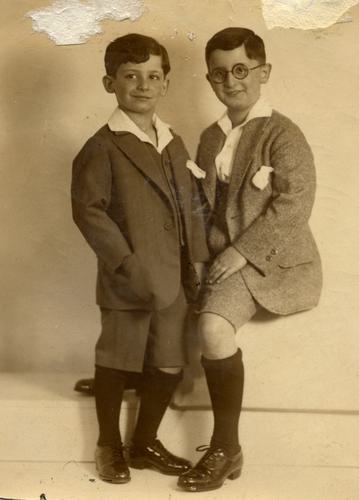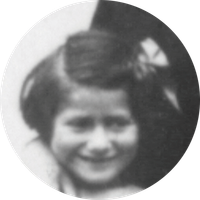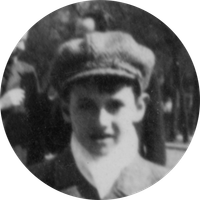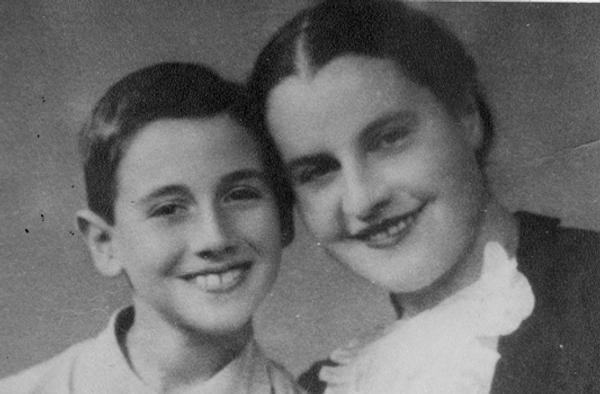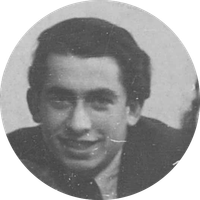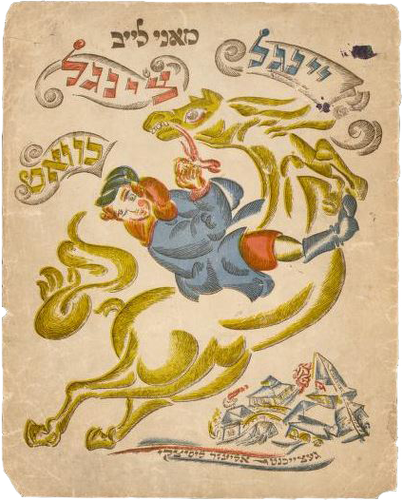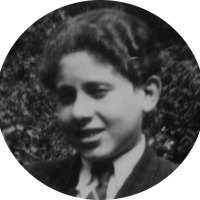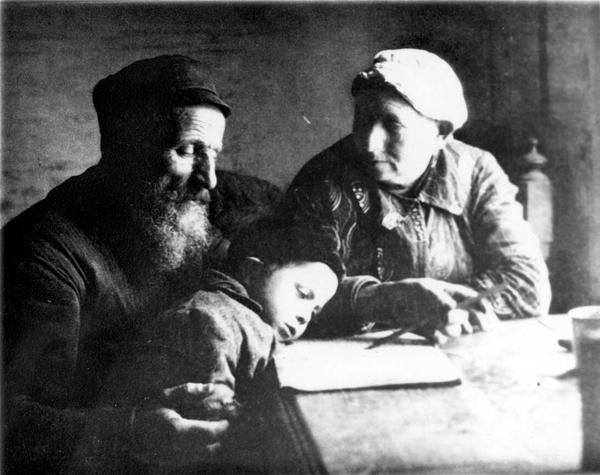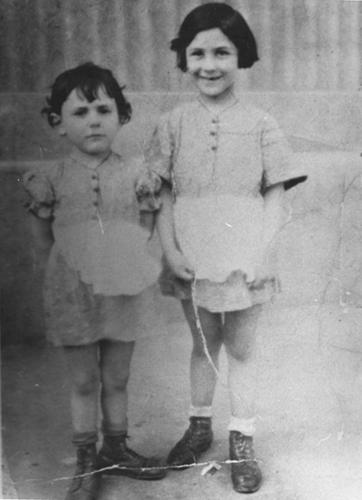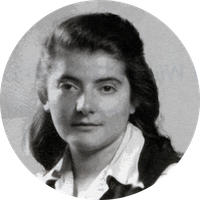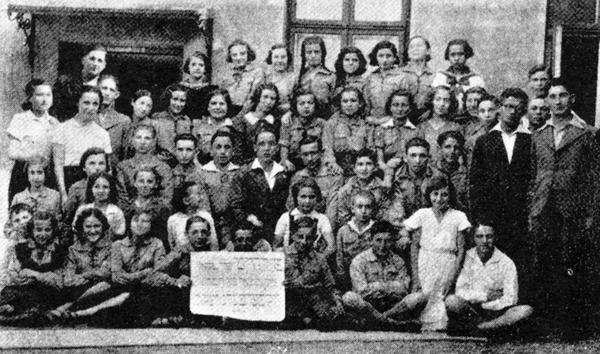Chapter 1
“How Was School Today?”
The pictures of students you will see in this chapter show them posing with their siblings or classmates or gathered around a table with their teachers and books. Some students are smiling. Some are serious.
Scroll Down

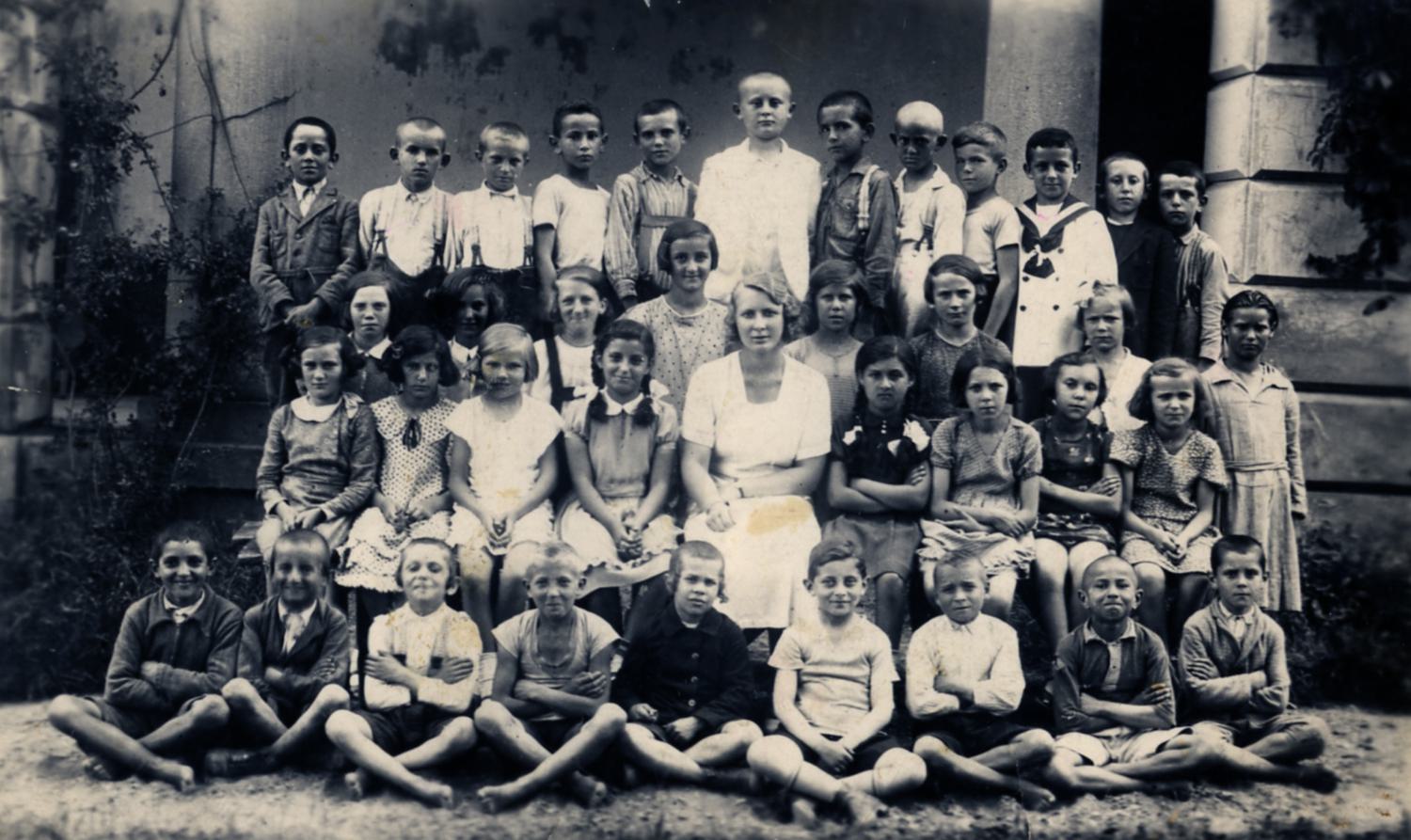
Zuzana Sermer (second row, fourth from the left, sitting beside the teacher) in her Grade 4 class picture. Humenné, Czechoslovakia (now Slovakia), 1934. Azrieli Foundation, courtesy of Zuzana Sermer.
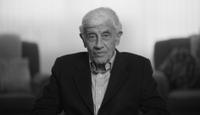
A Love of Learning
00:26
Did you know that?
Historically, and in keeping with girls worldwide, Jewish girls have had less access to education than boys, and many were taught at home. But from the mid-1800s, in many parts of Europe, young people were required to go to school, and it became more common for Jewish girls to go to both public schools and private Jewish schools.

cards
Valuing Learning
In a small town in Poland, a father wraps his young son in a prayer shawl and walks him down a dirt road to religious school for the first time. There, the child licks honey from Hebrew letters that have been written on a board. Through this traditional ceremony, children connect sweetness with learning.
This scene has unfolded throughout Jewish history, showing education as a priority in Jewish culture. Explore how the love of learning was passed down from generation to generation.
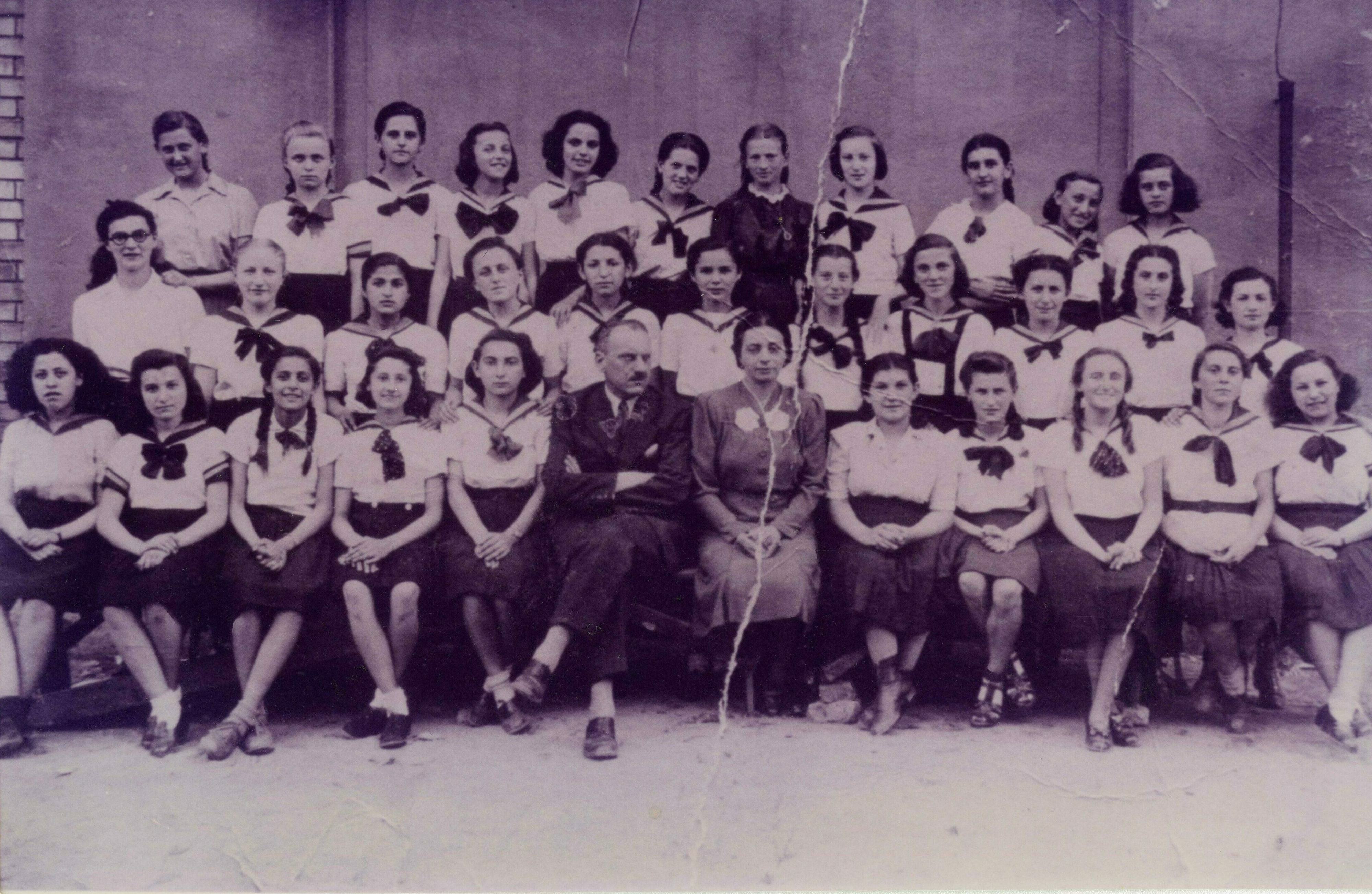
Chapter 2


